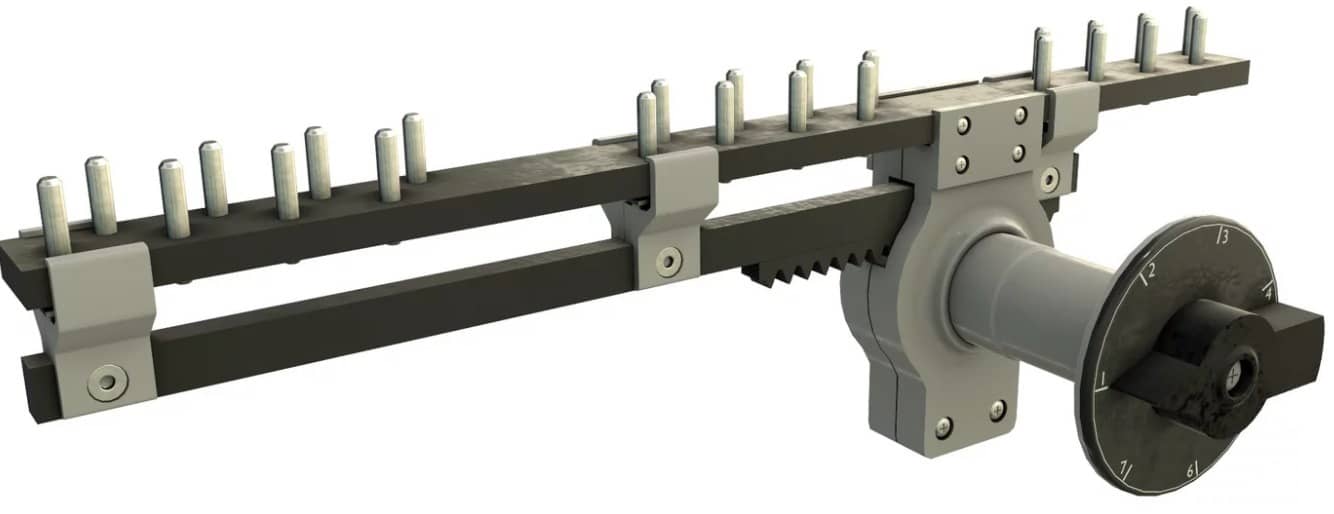Introduction
No-load tap changers (NLTC), also known as de-energized tap changers (DETC), off-load tap changers, and, off-circuit tap changers (OCTC), employ manually operated switching equipment that changes the transformer turns ratio of the three phases simultaneously and by the same amount.
In the case of single-phase electrical transformers, each transformer has its own manually operated no-load tap changing switching device. The no-load tap changing switching device is located in the main tank along with the core and windings, and the operating handle is normally located externally on the side of the transformer tank.
It is possible to have no-load tap changers and on-load tap changers (OLTC) on hermetic transformers and conservator transformers. Generally, all large MVA electrical transformers utilize load tap changers.

Manually Operated No Load Tap Changer
The no-load tap changer can be operated only when the transformer is de-energized. Therefore, the term 'no-load' is misleading, because the transformer must not only be under no load, but it must also be de-energized. The IEEE definition for this device is 'tap changer for de-energized operation'.
Are you enjoying this article? Then be sure to check out our Electrical Transformers Video Course. The course has over two hours of video, a quiz, and you will receive a certificate of completion when you finish the course. Enjoy!
How do off load tap changers work?
The below video is an extract from our Introduction to Electrical Transformers Online Video Course.
Related Online Engineering Courses
Introduction to Electrical Transformers
How Electrical Transformers Work
Electrical Transformer Health Assessment
Why Are Transformers Rated in VA not W?
Additional Resources
https://en.wikipedia.org/wiki/Tap_changer
